Late last week, the New Zealand dairy processing giant Fonterra announced it was revising upwards its forecast milk price for the 2016/2017 milking season by 50c to $5.25/kg of milk solids (23.7c/litre).
This is the second time in less than a month that Fonterra has increased its milk price outlook for the year ahead after it raised its initial price forecast from $4.25/kg to $4.75/kg in late August. For many New Zealand dairy farmers, the news of some upward price momentum will come as a welcome relief, especially for those laden with farm debt.
A decade ago, the average cost of production on New Zealand dairy farms according to the Dairy NZ economic survey was $3.63/kg (16c/litre). Since then, rising on-farm debt levels, coupled with greater supplementary feeding to cows, has seen the average cost of milk production in New Zealand increase closer to $5.50/kg or more than 24.5c/litre.
The 2015/16 milking season was a very difficult year for many New Zealand dairy farmers, with Fonterra paying out a milk price of just 17c/litre, followed by a 2c/litre top-up at year end in the form of a co-op dividend to fully shared up farmers.
Is the recovery sustainable?
Announcing the improved milk price outlook, Fonterra chair John Wilson said the co-op had reviewed upwards its forecast for farmgate milk prices in response to falling milk production in the EU and New Zealand combined with stable demand and the recent price gains for dairy commodities at the GDT auction.
However, some key questions remain in relation to the sustainability of the recent uptick in global dairy markets. Firstly, the growth in EU milk production has shown signs it is slowing down rather than falling.
EU milk output is 2.6% ahead of last year in the first seven months of 2017, although milk deliveries for June and July have declined slightly year-on-year. Milk production in the UK in particular has slowed sharply, with collections for July down more than 8% year-on-year.
However, in the key dairy exporting countries such as the Netherlands and Ireland, the milk production tap has continued to flow strongly. In the four months from April to July, Dutch milk output has increased more than 7% year-on-year, while Irish milk volumes are up 2.7%.
What will be watched closely as we move into the back end of the year is the impact the EU supply reduction scheme may have on milk output.
The second key question that remains to be answered is the extent of the decline we will see in New Zealand milk production in the 2016/17 season. Fonterra and others are forecasting a 3% decline in New Zealand milk production this coming season but already doubts have emerged around this. New Zealand farmers are expected to cut supplementary feeding but some corners have suggested large feed stocks remain on New Zealand farms. Therefore, the cut in milk output from less supplementary feeding may not actually be seen until 2017, especially with positive signals in the market right now improving sentiment among New Zealand farmers.
Demand situation
The other key question that remains about the recovery in dairy markets is demand. China has been much more active in the market this year, with imported volumes from January to July at close to 1.6bn tonnes, more than 27% ahead for the same period in 2015.
Chinese imports of WMP in volume terms are running at 23% ahead year-on-year at over 337,000t, while infant formula imports are up by close to a third (31%) to 136,500t. Similarly, Chinese imports of cheese (+30%), butter (+35%) and whey powder (+15%) are all up. The only blemish has been skimmed milk (SMP) imports, which are down 2% at 143,000t.
Chinese buyers have been particularly active in dairy markets in August and September as can be seen from the recent GDT results. But industry sources say this is as much to do with timing as anything else as Chinese buyers like their purchasing to coincide with the beginning of the New Zealand milking season.
For the last two months, buying activity from Middle Eastern and north African countries at the GDT has been almost non-existent. Oil dependent economies such as Nigeria, Algeria, Libya and Egypt, which are critical to the global dairy trade, are facing a host of challenges right now, including double-digit inflation and extremely weak domestic currencies.
And last but not least, it must not be forgotten that more than 350,000t of skimmed milk powder is currently sitting in intervention storage across Europe. This will have to come back onto the market at some point down the line.
Outlook
However, while these threats to the recovery in dairy markets remain, milk prices and sentiment are in a much better place than six months ago. Strong demand for dairy fats has boosted prices for butter and cheese significantly since May.
In the last month, we have seen major processors on the continent, including Arla and Friesland Campina, increasing milk prices to reflect these increases in dairy commodity prices. UK processors have also been lifting prices, while Irish co-ops have lifted milk prices for July and August in response to rising markets.
The price improvement will come as a major relief to many hard-pressed Irish and European farmers and it will be hoped room for further increases can be found.
However, it is important to be vigilant of the challenges that remain to the dairy market recovery.




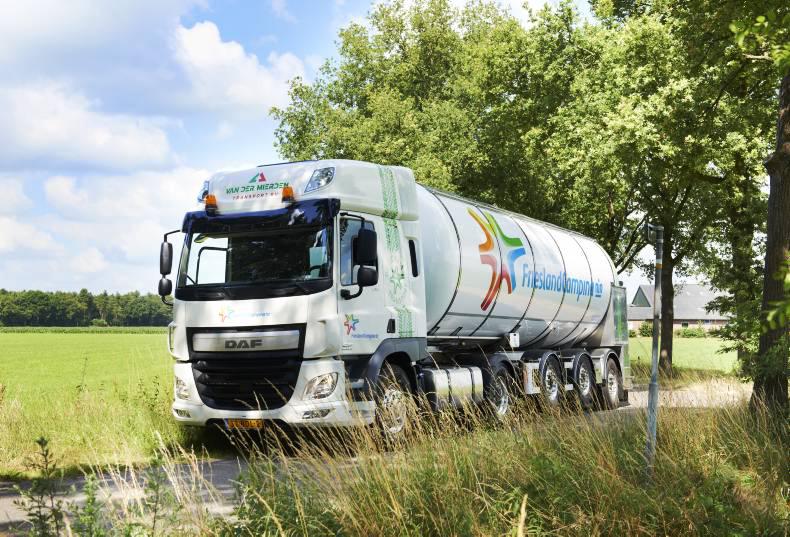
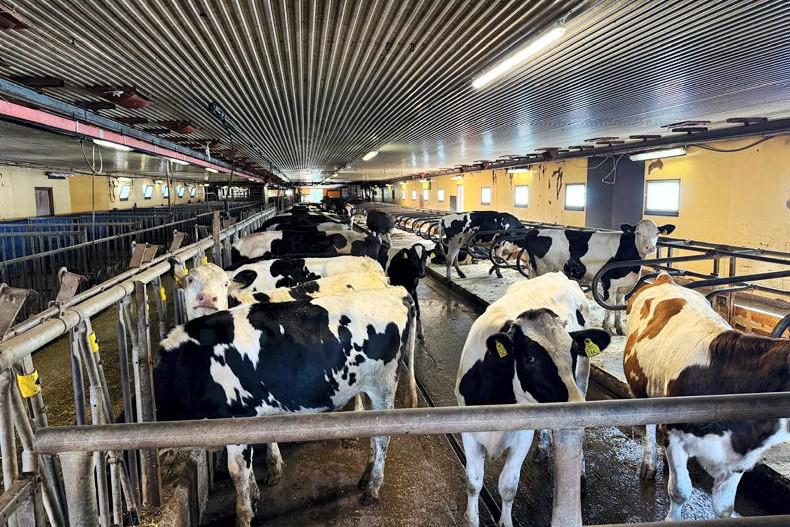

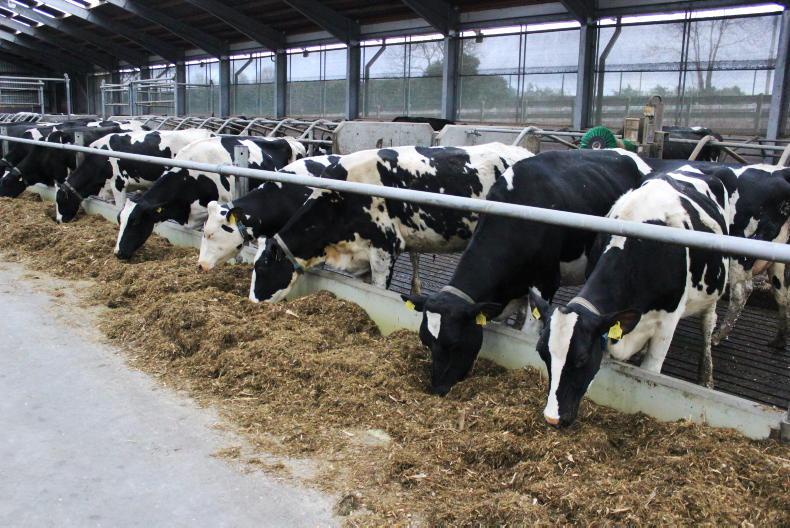
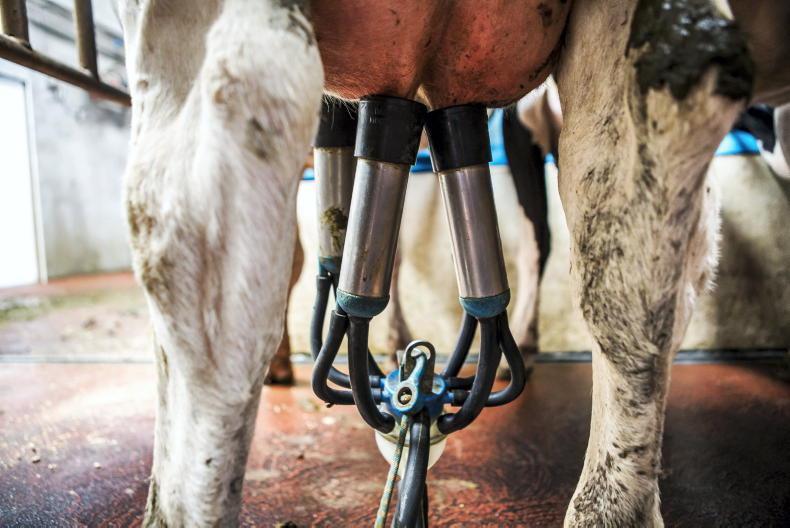
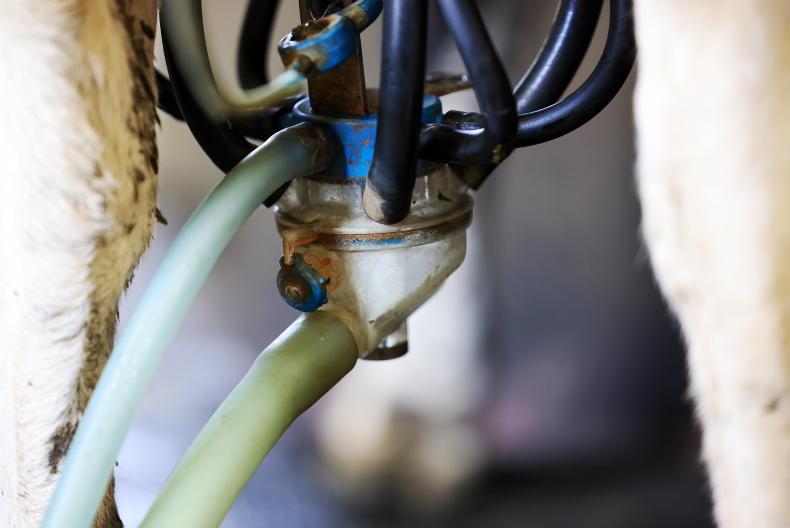
SHARING OPTIONS